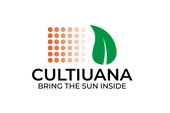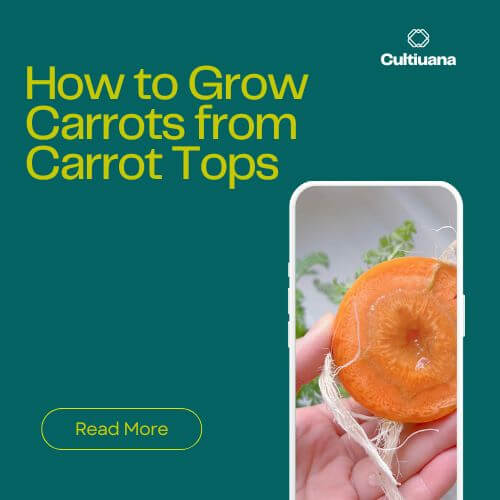
Understanding LED Grow Light Spectrums for Tomatoes: Red-Blue vs. Full Spectrum
What’s the Deal with Plant Light Spectra (Especially for Tomatoes)?
The spectrum of LED grow lights has been a headache for lots of growers. Basically, there are two main types out there:
Red + Blue Mix
Full Spectrum + Red Light + Infrared + UV
Red + Blue Spectrum: The Old Classic
The red and blue combo was the first big hit in the market. Most plant lights focus on red and blue wavelengths because they’re the basic wavelengths plants need to grow—think of it as a must-have.
Lights made with this mix help plants grow fast and strong. But it’s not all perfect. The downsides? It can be like forcing plants to grow too quickly, leading to weak roots, unbalanced growth, or missing out on the subtle light changes plants might love.
What’s Full Spectrum All About?
Full spectrum means the light covers wavelengths from 0 to 900nm—every bit has some amount of light (varies in how much). Some call it multi-spectrum, too. On the market, lights with color temps of 3000-6500K and an RA of 80 are usually considered the base for full spectrum.
The ideal color temp for full spectrum is around 3000- 4000 K. The higher the PPE (photosynthetic photon efficacy), the better. A light bead with a PPE of 2.86 µmol/j is about 200 lm/w in efficiency, showing that full spectrum picks high-performance beads (bigger chips, brighter, higher power, lower voltage drop).
To make a finished product with 180 lm/w (2.7 µmol/j) or 150 lm/w (2.2 µmol/j), you can spot fake PPE claims easily. Even a basic integrating sphere can check the real PPE. So, picking good bead materials is a smart way to boost value.
But here’s a catch: high efficiency doesn’t always mean good coverage. A 180 lm/w 360-degree light tube might have less lux (brightness on a surface) than a 130 lm/w half-radius tube of the same wattage. Same goes for a 2.7 µmol/j grow light—it needs real PPFD data (wattage, useful spectrum share) and final PPFD checked too. Adding red light (like 630nm or 660nm, which peaks differently) is a bonus.
What Each Spectrum Does:
Red Light: Helps fruit grow.
Blue Light: Good for seeds.
Golden Yellow: Gives tiny nutrient boosts.
Green (Tomatoes): Not super important—plants look green because they reflect green light (let’s chat about this if you disagree!).
UV (Ultraviolet): Boosts hormone levels.
Infrared: Triggers the Emerson Effect (helps photosynthesis kick in).
In short, picking the right LED grow light spectrum depends on your plants’ needs—red and blue are basics, but full spectrum with extras can give you the best growth and health!




